Including ruins revealing the artistry of ancient Chinese porcelain and cultural exchanges along the Silk Road, a total of 30 Chinese archaeological sites have recently been selected as candidates to compete for recognition of the "2024 Top 10 Archaeological Discoveries of China." The competition is now in the preliminary evaluation stage examined by the National Cultural Heritage Administration (NCHA).
These sites are scattered around the country in provinces and regions such as North China's Hebei Province, and Northwest China's Shaanxi and Gansu provinces as well as Xinjiang Uygur Autonomous Region. They have witnessed different historical periods, but share a single similarity in showing the progress of human craftsmanship, the attributes of early settlements, and also the cultural exchanges between China and countries along the ancient Silk Road.
Located in Northwest China's Ningxia Hui Autonomous Region, the Suyukou Porcelain Kiln site is one of the sites on the list. The site is known for its refined white porcelain wares created during the Xixia period (1038-1227).
Chai Pingping, the lead archaeologist overseeing the site's excavation, told the Global Times that various porcelain wares such as bowls, plates and dishes have been unearthed from the site.
These white porcelain wares' delicate glass-like texture reflects the unique ancient porcelain making technology in China, which involved the extensive use of quartz materials.
"The discovery of the site has revealed the diverse development of China's kiln industry in different regions," the expert emphasized.
Two other sites related to the porcelain culture, the Dalongkou Kiln ruins in Fujian Province and a porcelain-making archaeological cluster of the Yuan (1279-1368), Ming (1368-1644) and Qing (1644-1911) dynasties in Jingdezhen, Jiangxi Province, are also on the candidate list.
Boasting finely made bronze wares, the Zhouyuan site in Baoji, Shaanxi Province, is also on the list. Other than revealing ancient people's bronze craftsmanship, the site has produced more than 200 oracle turtle shells and oracle bones. They were inscribed with writing, including Qin Ren (lit: the people of the Qin state).
"Such discoveries show not only advanced ancient Chinese carving techniques, as well as how craftsmanship was used in documenting ancient cultural beliefs," He Jierao, a Shaanxi-based archaeologist, told the Global Times.
He also opined that the top 10 archaeological sites should "not only showcase advancements in craftsmanship but also highlight progress in human civilization."
Spots such as the Zhaoyao site in Hebei Province and the Xianju Xiatang ruins in Zhejiang Province are also on the list due to their value in exemplifying "the establishment and attributes of ancient capital sites and settlements," Wei Shuguang, the lead archaeologist at the Zhaoyao site, told the Global Times.
The Zhaoyao site is a Shang Dynasty (c.1600BC-1046BC) settlement covering 1.1 million square meters. Wei told the Global Times that with its well-preserved architectural remains and structural layout, the ancient settlement can help us learn about ancient architecture and urban planning, but also the "cultural, social and environmental changes of ancient times."
"The site has helped us to establish a relatively complete genealogy of the Shang culture," Wei emphasized. He also added that "the different heating arrangements we've observed in architectural remains inspired us to investigate the environmental changes during the mid-Shang period."
The Mo'er Temple site is one of the most remarkable archaeological spots on the candidate list as it reveals the Buddhist exchanges along the ancient Silk Road. The site boasts a Buddhist stupa in the Gandhara (in ancient Indian) style and a square-shaped temple in the Central Asian style.
"The site is a great example of the Sinicization of Buddhism. It also shows the aspect of Chinese culture that embraces different cultures and always seeks mutual learning among civilizations," Sun Weiguo, a historian from the Xinjiang region, told the Global Times.
"Archaeological sites are highly likely to be selected in the top 10 if they make unique contributions to research areas like ethnic integration and the governance of the country," Sun emphasized.
Other sites in the preliminary selection phase include notable ones like the Hualongdong site and the Wuwangdun No.1 Tomb site, both in East China's Anhui Province. The Hualongdong site once unearthed 30 human fossils dating back to around 300,000 years ago. More recently, the tomb owner of the Wuwangdun No.1 Tomb was confirmed as King Kaolie of the Chu Kingdom.
A total of 20 sites out of the current 30 candidates will be selected to enter the final assessment stage.









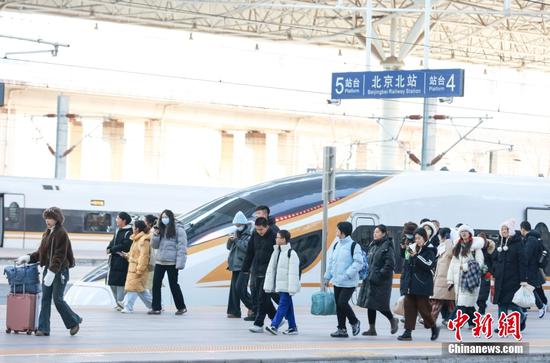
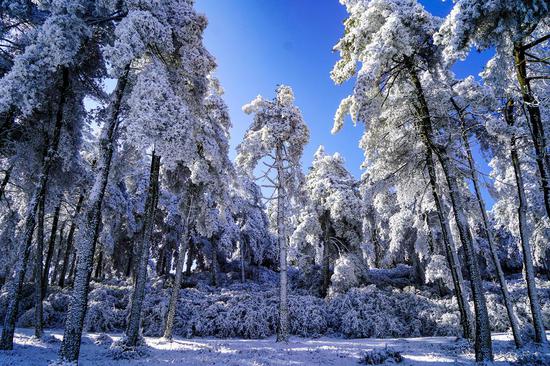





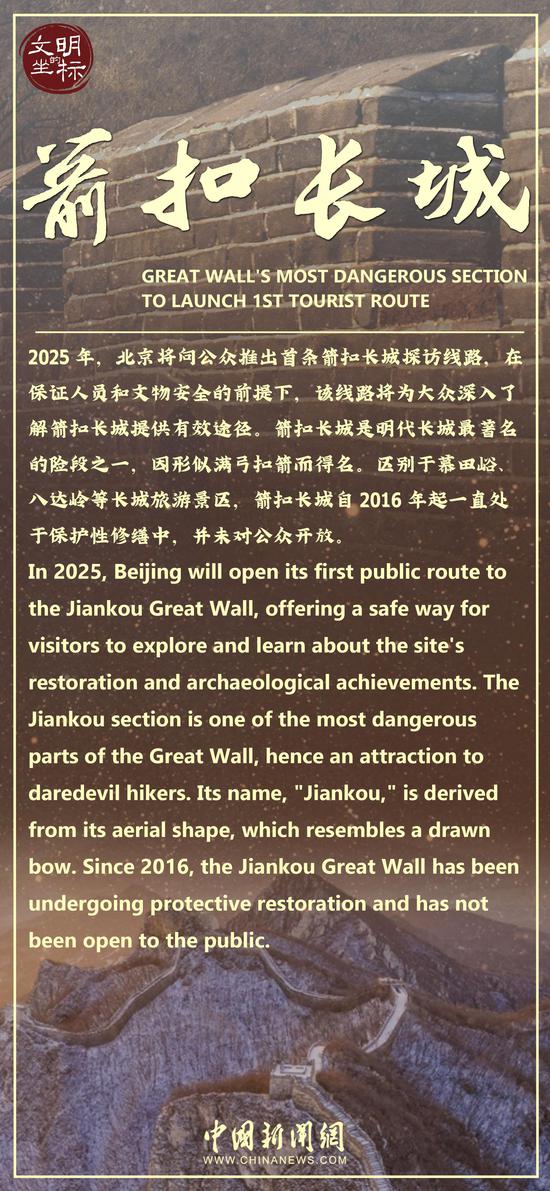
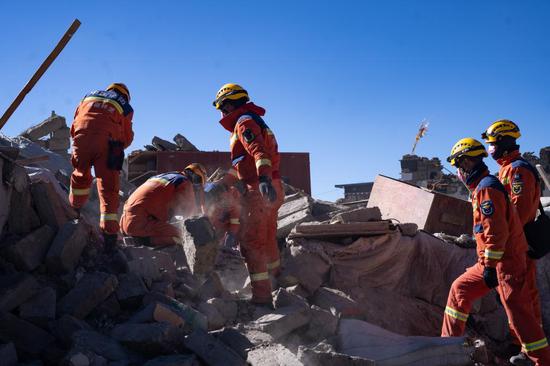



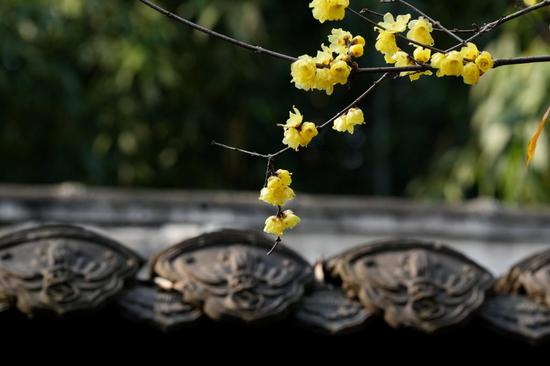

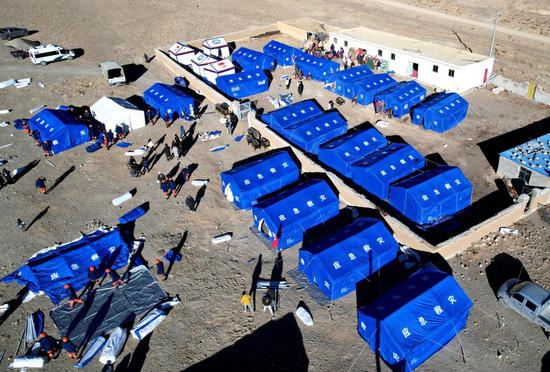

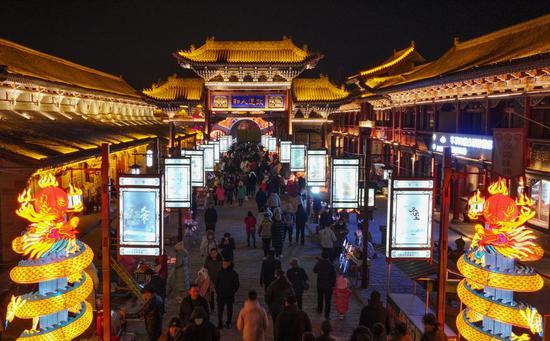

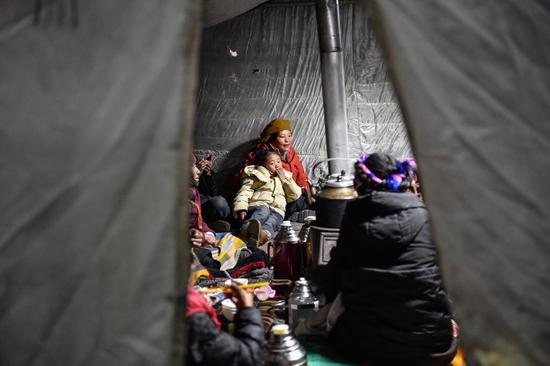
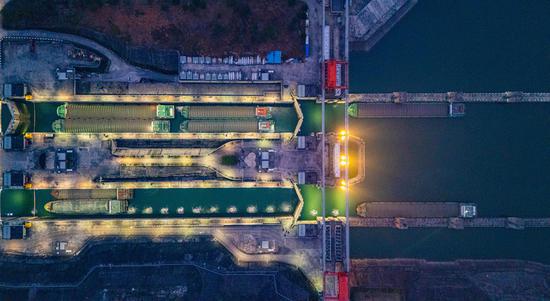







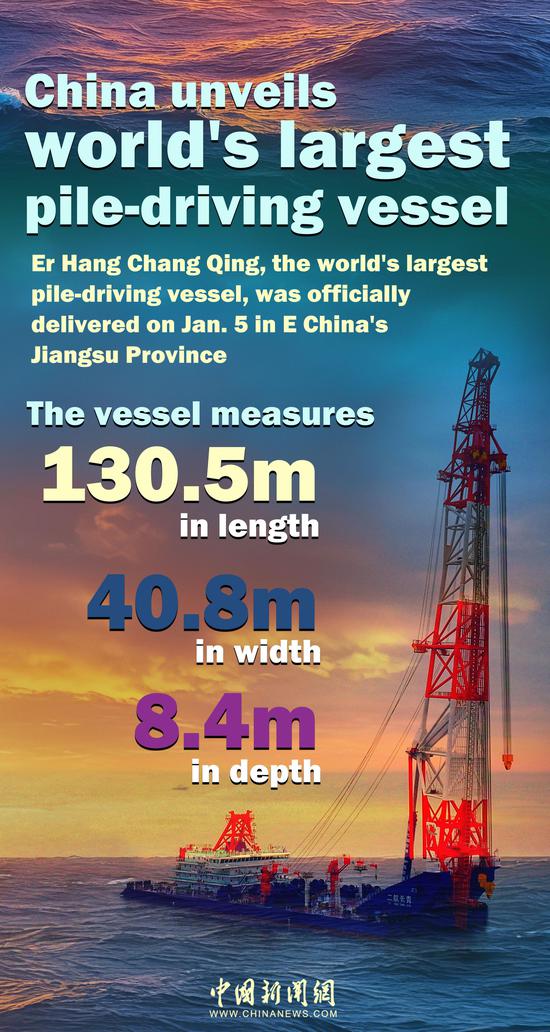
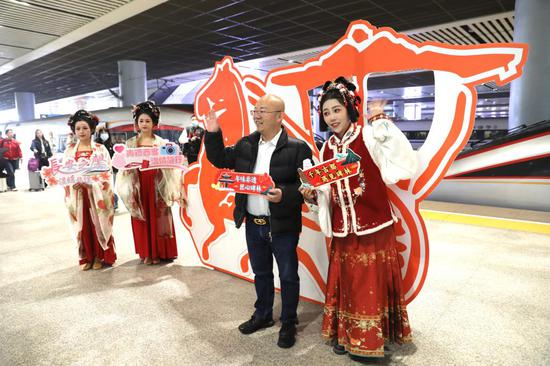
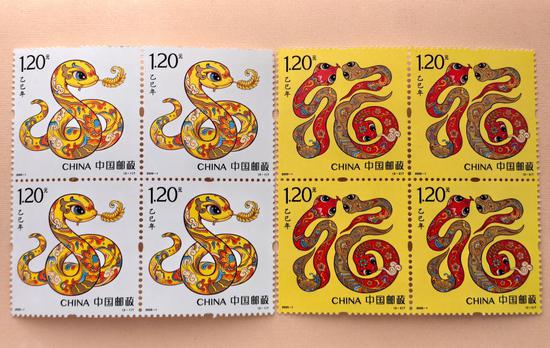

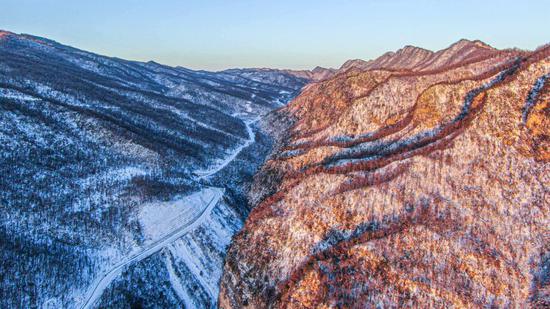
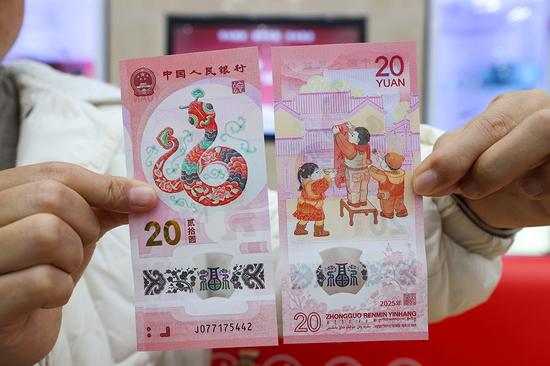


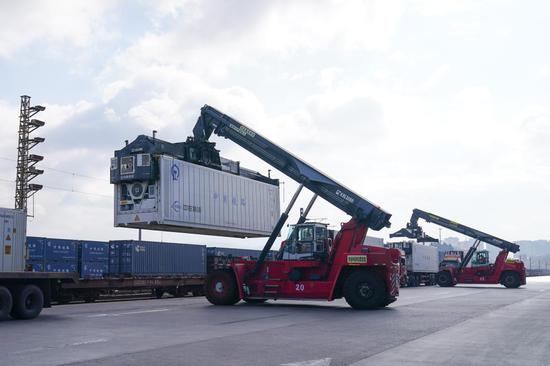

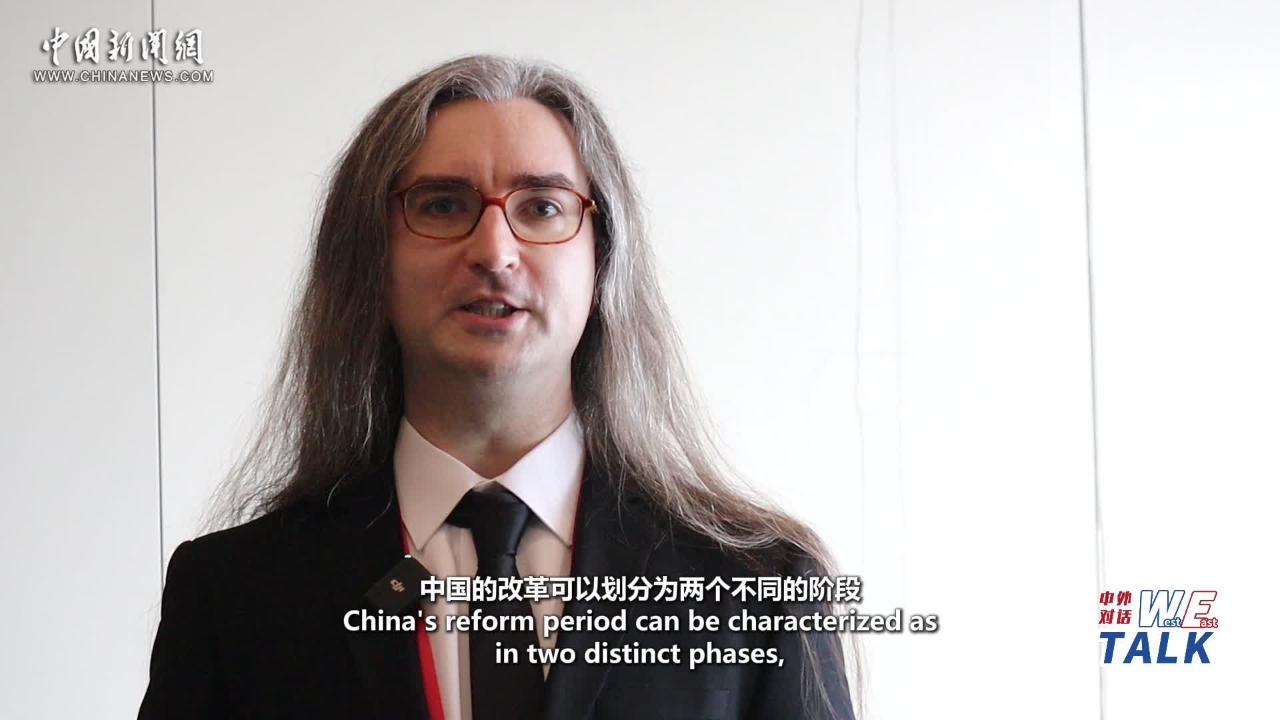

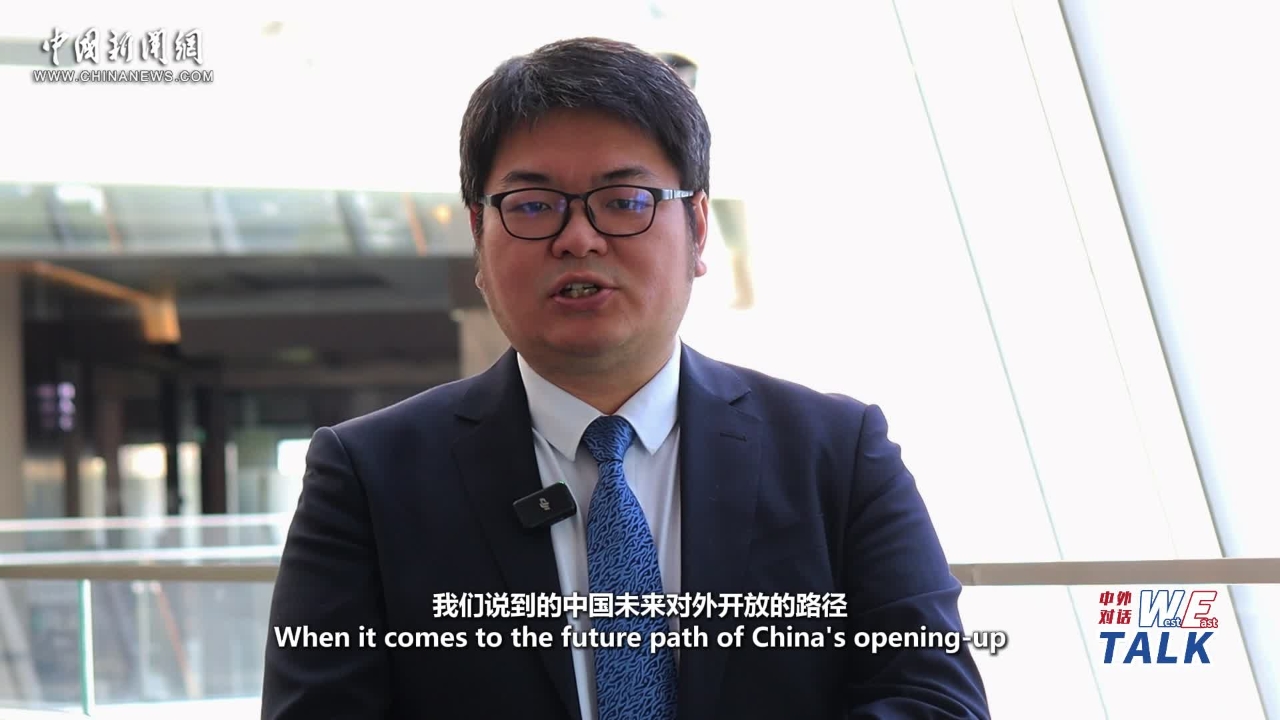

 京公网安备 11010202009201号
京公网安备 11010202009201号